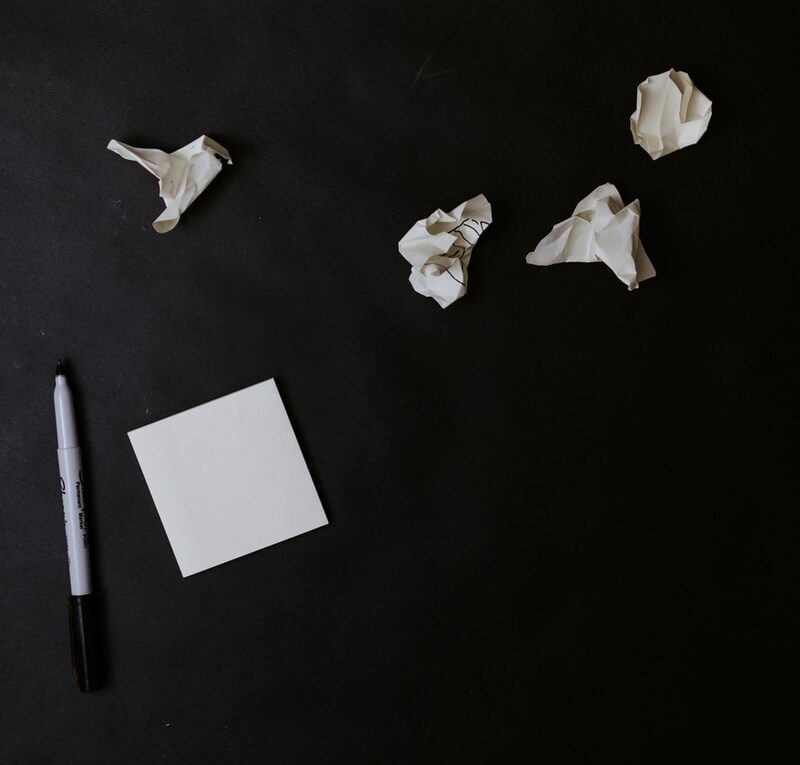How do we come up with our ideas?
We come across this question a lot from our customers. The intricacies of piecing the games together is a fine balancing act, making sure it’s not too hard, not too easy, fun, with a huge variety of puzzles so that there’s always something for everyone, all within a theme/story where nothing feels too out of place in that setting. Yes, that’s a lot to have to consider when designing our rooms.
So how do we start?
Tom and I always begin by looking at the space we have to work with. What sort of setting/environment are we working with. For example, our current game is in an office space with windows that look over North Street in Guildford. We are not allowed to cover up the windows so we needed to incorporate the fact that the view will provide the setting of the room, as an Egyptian tomb in 2021 Guildford would break the immersion of the experience. So the setting is narrowed to current day. The next step is what would make a great theme to base the game around. We then bounce ideas back and forward until both our eyes light up. Recording Studio! It’s an environment with lots of cool things to play with that you’d otherwise never have a chance to play with. We have the start of a game!! The next step is why, what is the purpose of being in that room. The question of why comes up a lot in this case. There is a goal to try and achieve, but why, and is it an exciting enough challenge to be presented with? It’s so important to get the ending right, as it will be the culmination of the story and journey we want the players to experience in the room. We have the setting and the goal ✅
What next?
Let’s build a room! We start by collecting a few objects/pieces of furniture that we think might suit the room. Tom start’s creating few electronic bits and I start laying out the room and putting up walls. At this stage we still don’t have a game. We focus on getting a look and feel first, collecting all sorts of things that could be used as props in the room and would fit the theming with an eye to how they could be adapted to create some puzzles. Once we have the room looking how we would like, with some props that we have adapted, we then make loads of paper/postit note puzzles to put up around the room. This starts to give us an idea of the flow in the room and how it’ll all tie together almost like a theatre performance.
We have a prototype game! 😁
And now for the fun bit. We get a test team in to give it a go. Which might sound exciting for the team, however, it is usually painfully difficult, with Tom and me popping in every so often to adapt and change as they go. Eventually, about 3 hours later, they get to the end. During this time we have been taking notes, coming up with how to alter the game based on their experience. This process happens for a few iterations until the game gets to the level where it’s achievable within the hour and great fun!🥳 At which point we turn the paper into the finished products.
Is that the end?
We constantly evolve our games once they are open; Making tweaks and changes throughout their life. Although our customers will never notice these changes, as they play the game once, it keeps it fresh and exciting for us, and as with all greats, an artist’s work is never finished.

